
There was a time when survival meant more than quick access to a store or a phone. Every task had to be managed with resourcefulness, and the skills to do so were often the difference between comfort and hardship. In the following list, you’ll discover the remarkable survival practices that earlier generations considered everyday essentials.
Fire Making With Flint And Steel
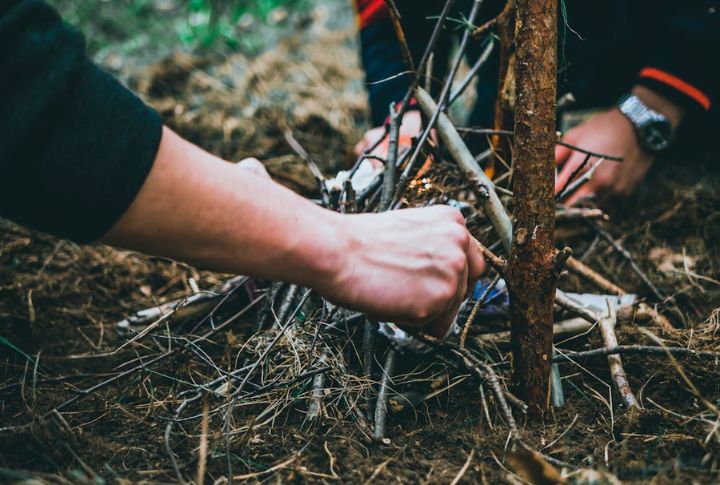
In many early societies, the strike of flint against steel could mean the difference between a warm meal and a cold night. Roman armies carried this skill with them on long marches. The sparks reached over 800°C, hot enough to ignite dry tinder instantly.
Foraging Wild Edible Plants

Once, forests and meadows held a natural storehouse of food. Knowledge of dandelions and cattails was passed down through generations. In some Native American communities, cattails were called “supermarket plants,” and pine needles contained a higher vitamin C content than oranges.
Tracking Animal Footprints
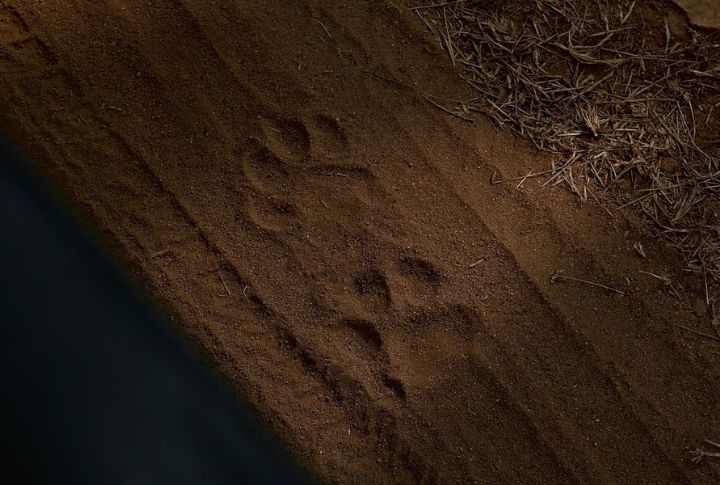
A faint depression in the soil could reveal a story as vivid as any map. Hunters read prints to gauge an animal’s size and even its mood. Skilled trackers knew a deer from a boar by gait alone, and in some tribes, individual animals were as identifiable as neighbors.
Tanning Animal Hides
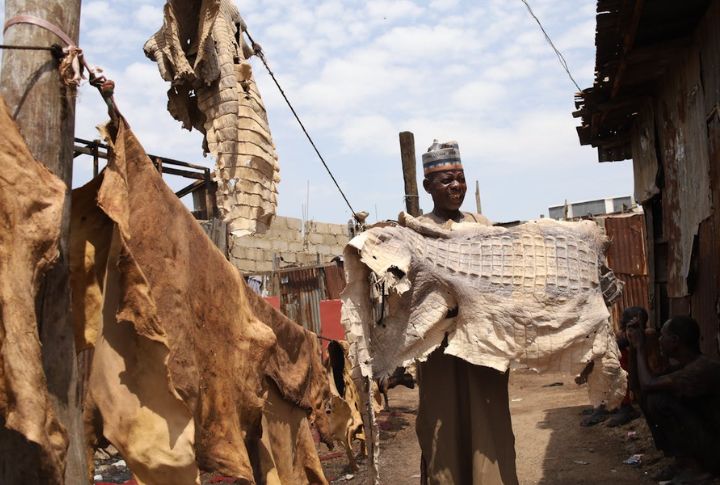
When warmth was not a luxury but a lifeline, animal hides became the fabric of survival. Brain tanning turned raw skin into water-resistant leather, while smoke curing ensured it could endure damp conditions. Remarkably, one deer’s brain was thought to be enough to preserve its entire hide.
Open-Fire Cooking Techniques

Before kitchens took their modern form, fire ruled the cooking space. Embers were perfect for roasting, clay pots held boiling meals, and earth ovens sealed in flavor. Polynesian imu pits cooked entire pigs below the ground, aided by stones that provided heat and acted as cookware.
Knot Tying For Survival

Knots could mean the difference between safety and danger. Sailors learned dozens by heart, from the reliable bowline to the quick-release clove hitch. In a storm, the wrong knot brought risk, but the right one could save every life aboard.
Wild Medicine Knowledge

Leaves and roots served as the frontline of care when pain or illness struck. Willow bark calmed aches, yarrow treated cuts, and garlic proved useful as both nourishment and defense. These remedies became a foundation of life, relied on as much as any tool for protection or warmth.
Map Reading By The Stars

Before the compass, eyes lifted skyward for direction. The North Star anchored travelers in the Northern Hemisphere, and Polynesian navigators charted thousands of miles following solely constellations. Some Viking voyages may have relied on “sunstones,” crystals believed to reveal the sun’s hidden position through clouds.
Carving Tools With Bone And Antler

Metal did not build the first tools. Hunters broke bones and split antlers to shape points and edges. A sharpened tine could pierce hide. A hollowed shaft could guide a thread through leather. These pieces served daily tasks and lasted through cold seasons and long migrations across rough ground.
Basket Weaving From Natural Fibers
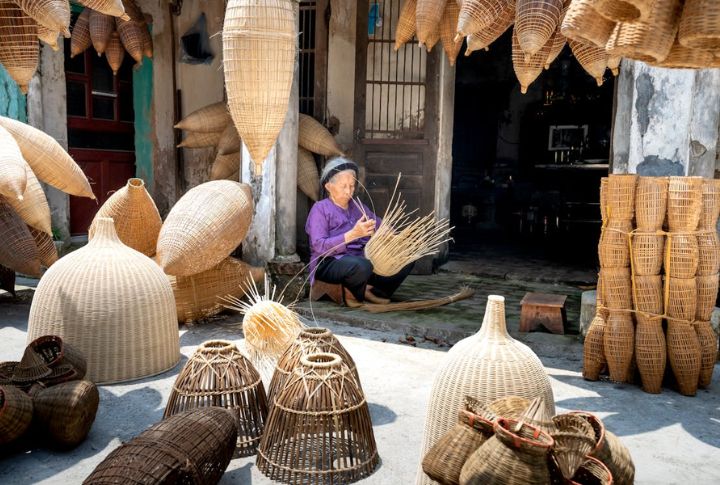
For generations, weaving reeds and bark was a survival skill. Baskets moved grain from the field to the home, stored it safely, and even cooked meals when paired with hot stones. Archaeological finds show that some of these creations have endured for over 10,000 years.
Smoke Signaling For Communication
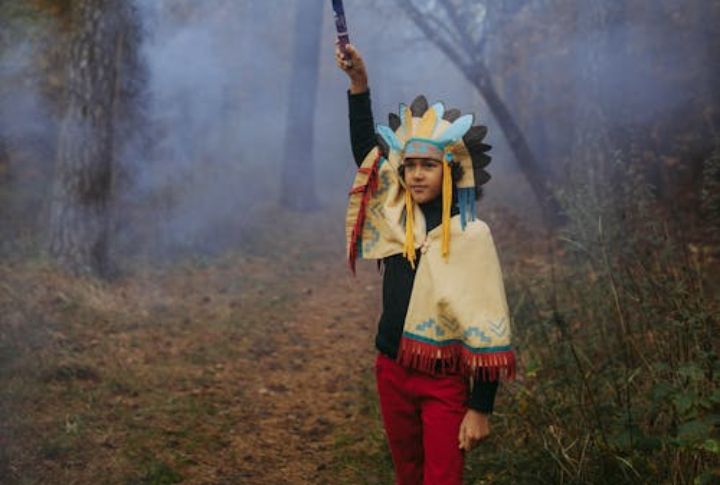
Long before telegraphs, smoke signals crossed great distances with ease. One pattern might warn of danger, another invite an ally, and another announce distant events. Plains tribes usually mastered these codes, while Roman armies used their own versions to command movements across the battlefield.
Shelter Building From Raw Materials
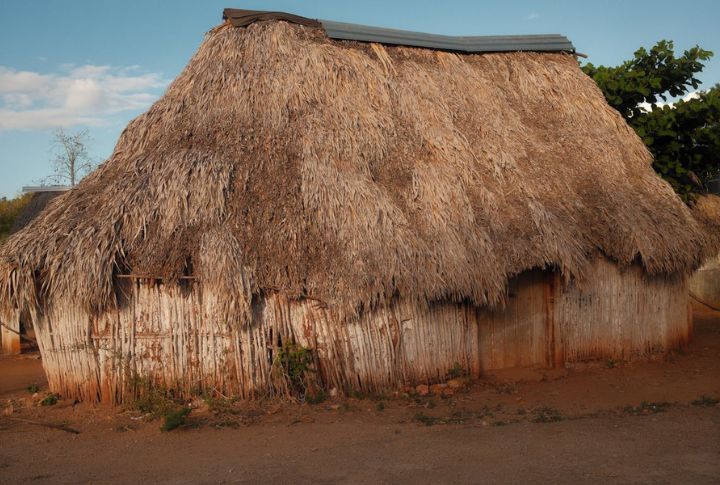
A home once began with the simplest materials: branches, leaves, and mud. These structures shielded against the weather, with insulation preserving warmth through winter. In deep snow, caves carved into drifts offered surprising comfort. Wigwams and longhouses also proved durable enough to last for many decades.
Preserving Food With Salt And Smoke

In cold months, preparation often meant the difference between scarcity and survival. Meat and fish were salted or smoked, a process that kept bacteria at bay for months. Vikings stored smoked fish for voyages, and Native Americans made jerky for a protein-rich meal.
Trapping Small Game
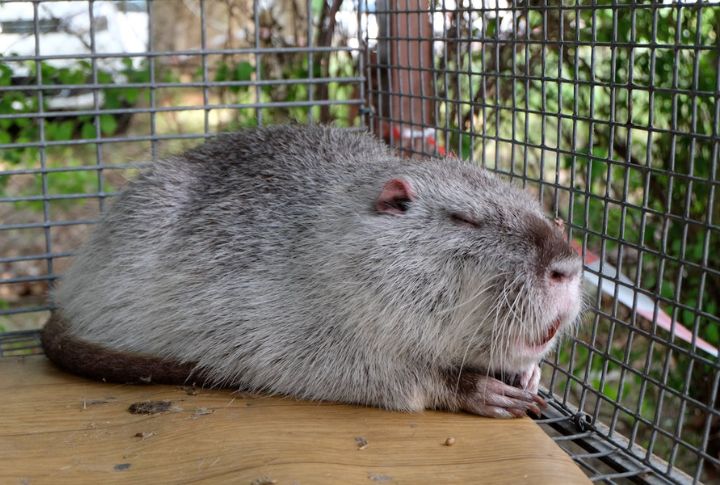
When hunting large animals was impractical, small game filled the pot. Snares and traps could catch rabbits or birds without constant attention. They required almost no energy to maintain, and their efficiency influenced the design of mechanical traps used centuries later.
Soap Making From Ash And Fat
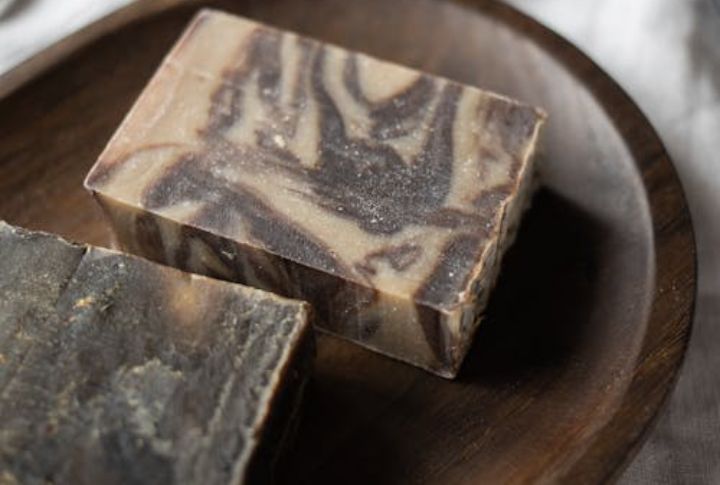
Cleanliness was about health. Early soap was made by boiling animal fat with lye, a method practiced as far back as 2800 BC in Babylon. In colonial America, wood ash supplied the lye that created soap, helping to slow the spread of disease in communities.
Candle Making From Tallow And Beeswax

The night’s light came from candles, often made of tallow. Beeswax, valued for its longer burn, was used when available. Some pioneers fashioned “rushlights” from reeds dipped in fat, and monks in monasteries crafted scented beeswax candles for both worship and illumination.
Ice Harvesting For Cooling

Before refrigeration, cold storage meant hard work in freezing conditions. Massive ice blocks were cut from lakes and rivers, then packed into icehouses insulated with straw. Some ice traveled across oceans to tropical ports, and well-built stores could keep it frozen for months.
Flint Knapping For Tools
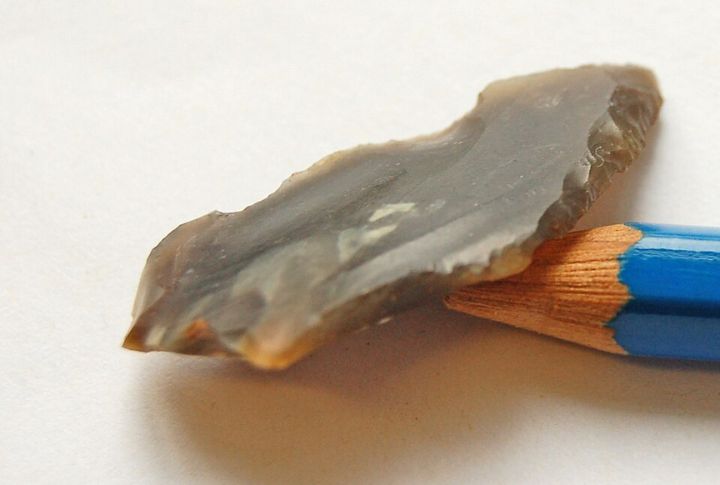
Survival once hinged on turning stone into precision. Flint knapping turned rough rock into knives, arrowheads, and scrapers—tools that served countless generations. Obsidian edges could outcut surgical steel, and skilled hands knew exactly how to pull that deadly sharpness from the raw surface in just minutes.
Making Rope From Plant Fibers
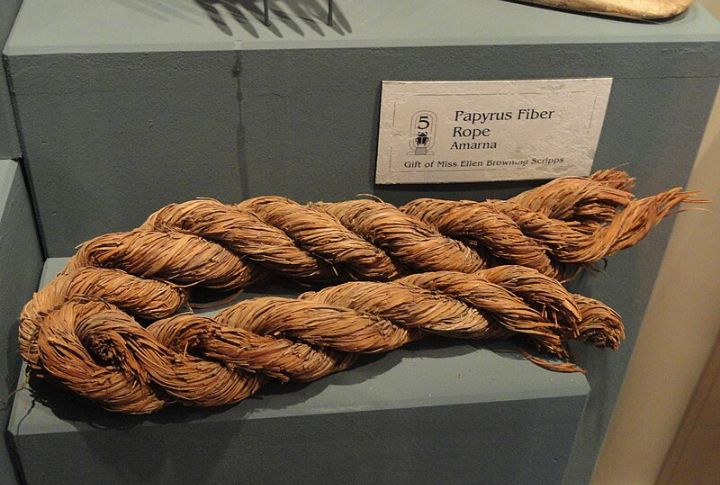
Twisting grass or hemp into rope was a skill as familiar as breathing. These cords kept shelters intact and loads secured on the move. The Ancient Egyptians used them in building pyramids, and some withstood years of use, resisting rot in wet conditions.
Reading Weather From Nature

Long before forecasts, the sky and land spoke their own warnings. Farmers and sailors read cloud shapes and animal behavior for clues. Low-flying swallows often meant rain, while red skies at dawn or dusk inspired age-old sayings that guided entire communities’ daily decisions.

